Letter From…Sicily: Greetings from Marina di Ragusa
TEXT by Arnis Budrevics, OALA
My wife Jane and I have been fortunate to reside in Sicily, as live-aboard sailors, for the past two winter seasons. This has allowed us the opportunity to immerse ourselves into the local culture, cuisine, as well as to explore the landscape of the surrounding region. Our activity of daily life has provided us some glimpse into the functions of the local government and their approach (or lack thereof) towards the planning, development, and maintenance of public spaces.
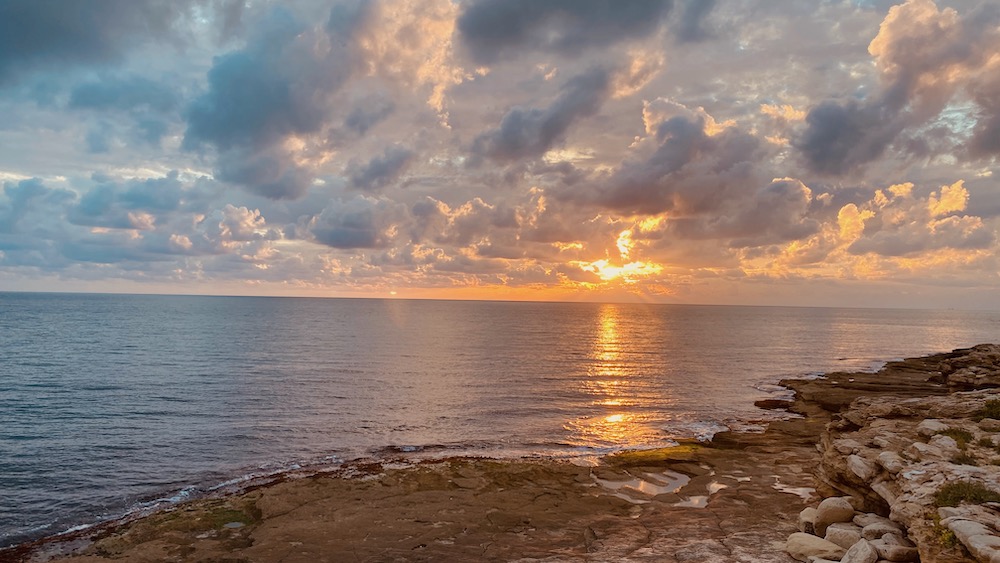
Marina di Ragusa is a small yet vibrant seaside community with a winter population of nearly 4,000 persons. However, during the summer months, the population explodes to beyond 60,000 summer residents and visitors who come to enjoy the sunshine and sandy beaches.
Summer tourism has replaced local fisheries as the main source of income which fuels the economy. However, the extreme population fluctuation creates enormous pressures on public spaces, facilities, and recreational amenities. The pressures apply not only to the maintenance of municipal spaces, but also to proper planning, financing, and development of new facilities.
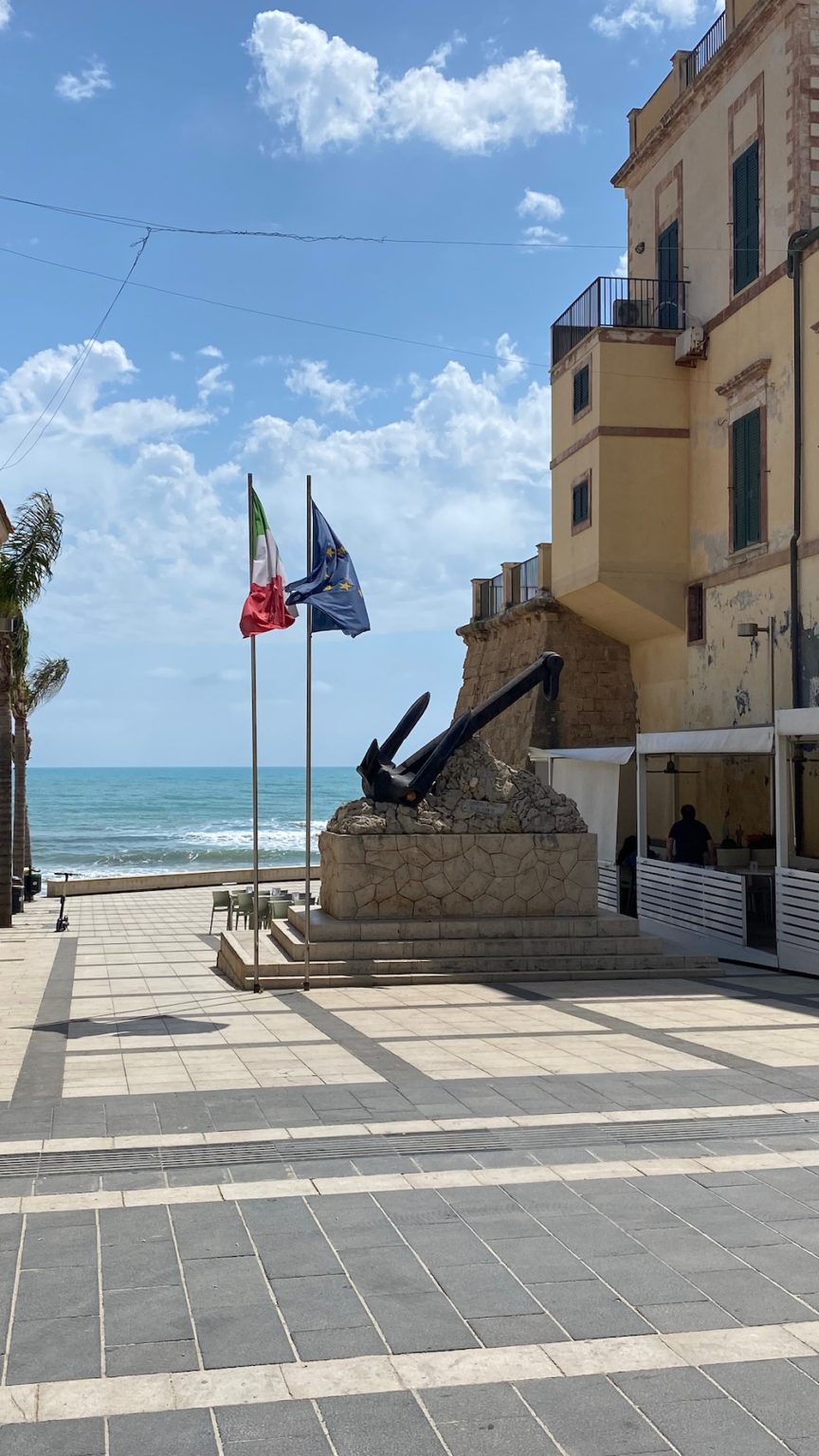
As we delved deeper into the issue of project financing, we quickly learned that the process of formal tax collecting and project funding is a topic which eludes many residents and visitors alike. Daily products and services here are subject to value added tax. Municipal residential taxes appear to be negotiable, depending on your network of colleagues or friends, and when one is pressed to articulate the amount of annual taxes paid for a typical home, the conversation quickly moves on to other topics of interest.
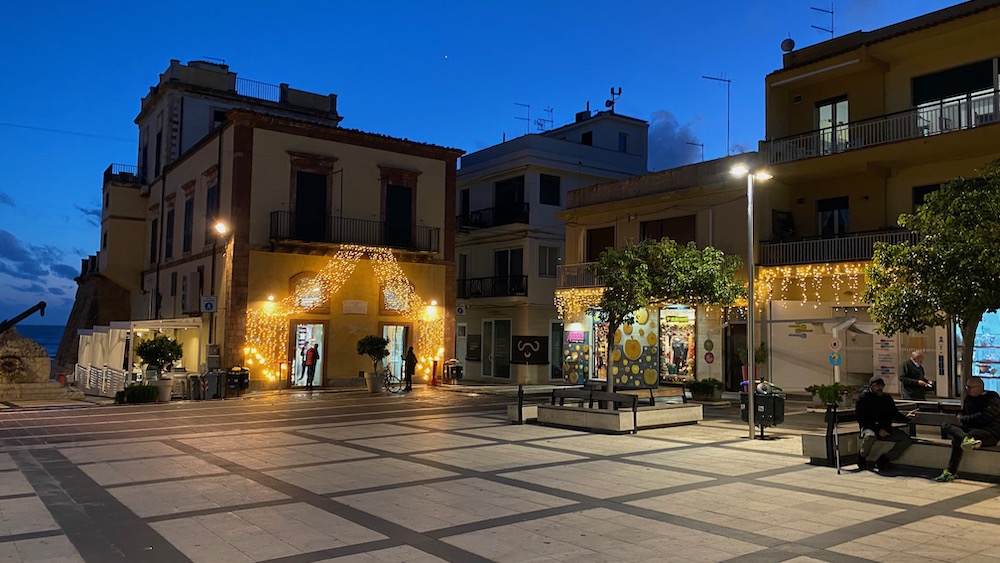
Marina di Ragusa has evolved over time with a linear pattern along the south shore of Sicily. The landscape rises steeply up from the beach to the agricultural plateau several kilometres beyond. The south facing slopes are densely developed with stacked single family and multi-unit homes, each perching slightly above the next, in order to gain a glimpse of the Mediterranean Sea beyond. The main town square (piazza) provides a forecourt for the church as well as the municipal building. Surrounded by small shops, services, and restaurants, this square provides for family gatherings of many kinds throughout the season and specific festivals. The square is limited to pedestrians only and provisions are delivered by small hand carts and wheel dollies. In warm evening hours it comes alive with residents of all ages. Children play tag and elders enjoy conversation and a beverage at sunset. Time seems to slow.
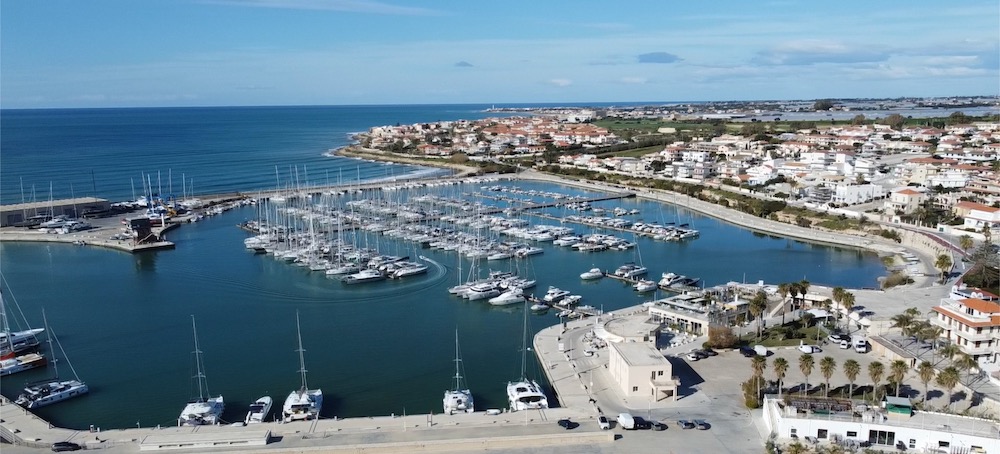
The evening activity of “passeggiata” along the promenade is most common on weekends. Entire generations of families dress up and stroll along the seaside, typically with a gelato cone in hand, regardless of the temperature. Family conversations are lively and inclusive. The promenade becomes a stage for vendors and street performers during warmer days and festival occasions. This important municipal infrastructure is part of a longer pedestrian and bicycle path connection system which extends several kilometres in each direction from the town centre. The promenade provides linkage from the town square to the Porto Turistico (marina) to the west, and the Irminio Nature Reserve to the east, and is dotted with several restaurants, cafes, and bars along the way.

Grand promenade, west of the marina port, provides opportunities for both passive strolling “passeggiare” as well as active recreation at gymnastic equipment stations along the way. IMAGE/ Arnis Budrevics
Development planning, as well as life in general, moves at a much slower pace than we in Ontario are used to. This is evident in so many ways. “La dolce vita” as they call it (“the sweet life”) is to be enjoyed at all costs, to the detriment of any work on the schedule. Anecdotally, we have learned of several business ventures which have been terminated because the work and responsibilities overwhelmed the business owner(s), leaving them with less time to spend with family and friends.
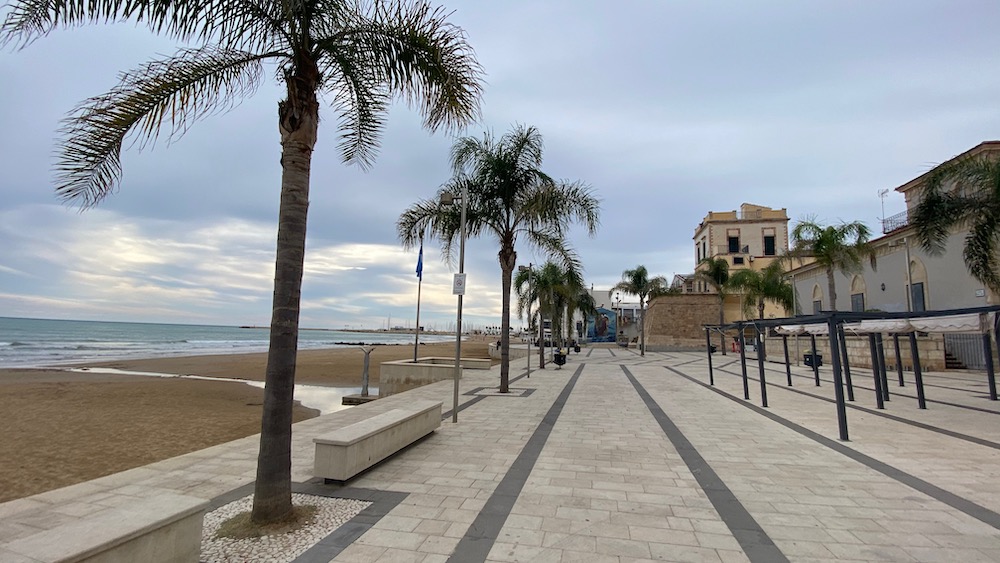
The importance of the town square, formal promenade, and the natural beach setting overshadows the importance of any designated playground or park space built in the town. The children’s playground adjacent to the public school is used primarily during the school day. Sports fields are programmed on a regular basis and used extensively by local teams. Individual pocket parks that were once built with children’s play equipment lie dormant and underused. The exception to this phenomenon may be the recreational park for children that is part of the RV Campground. This may be more a reflection of Sicilian culture than lack of individual activity. Cyclists are active everywhere. Children play on the beach, run with their pets, and play ball among their parents in the town square. Climbing on fixed play structures seems not to be part of their daily life.
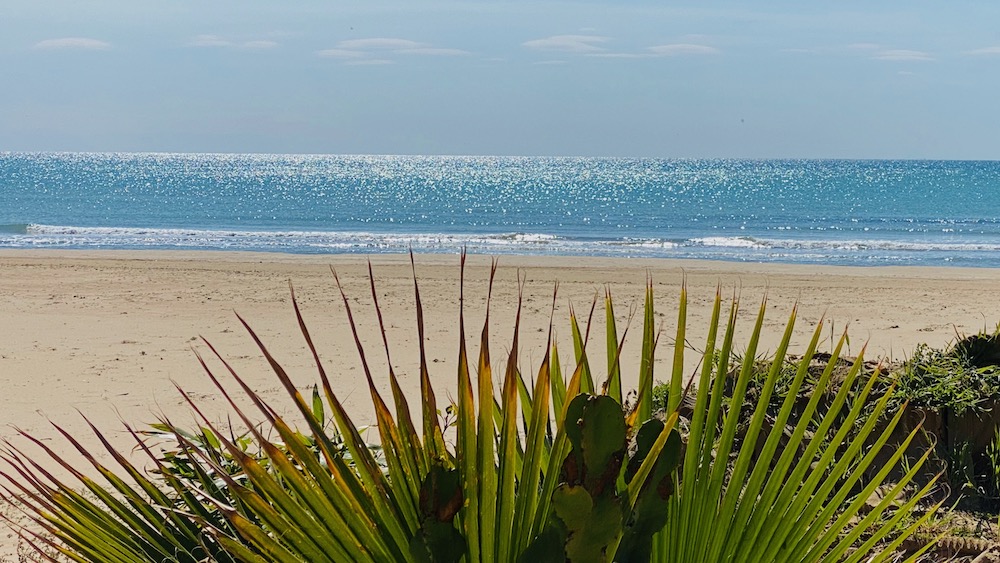
Several park spaces with scattered amenities have been neglected by a lack of maintenance and repairs. This brings up the conversation about municipal tax collection and funding. There seems to be little funding available for maintenance. This small town struggles to manage garbage collection or even provide regular water service—plagued with regular shortages, apparently due to poor piping and ill-maintained aquifers.
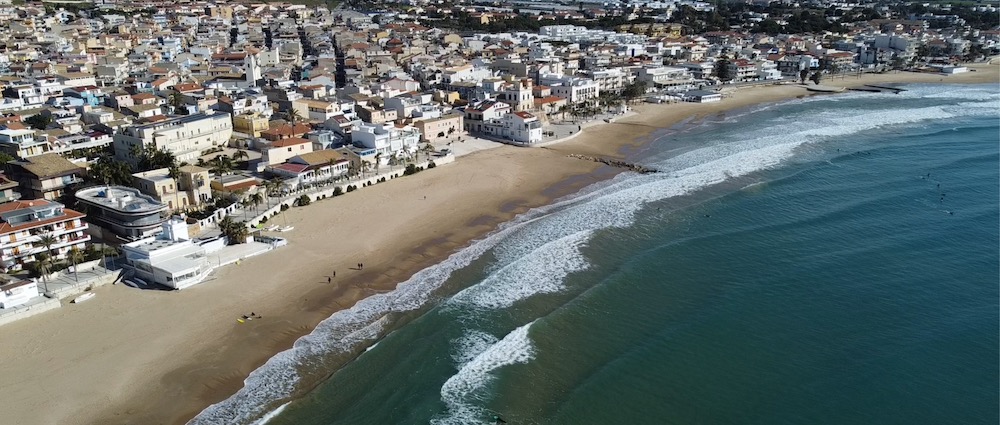
In my professional experience with park design and construction for several municipalities in Ontario, the annual cost of maintenance is a crucial consideration and must be included as part of the design process. The clarity of taxation rates, collection, and municipal transparency to which we are accustomed in Ontario is arguably a better process for proper public facility development.
It is also apparent that the spending priorities of the town are focused more on the big projects that service visiting tourists, rather than on improving infrastructure for local full time residents. For example, development of the marina project was initiated by town council, but spanned over 20 years when funding to complete the project was finally sourced from a European Union infrastructure development funding program.
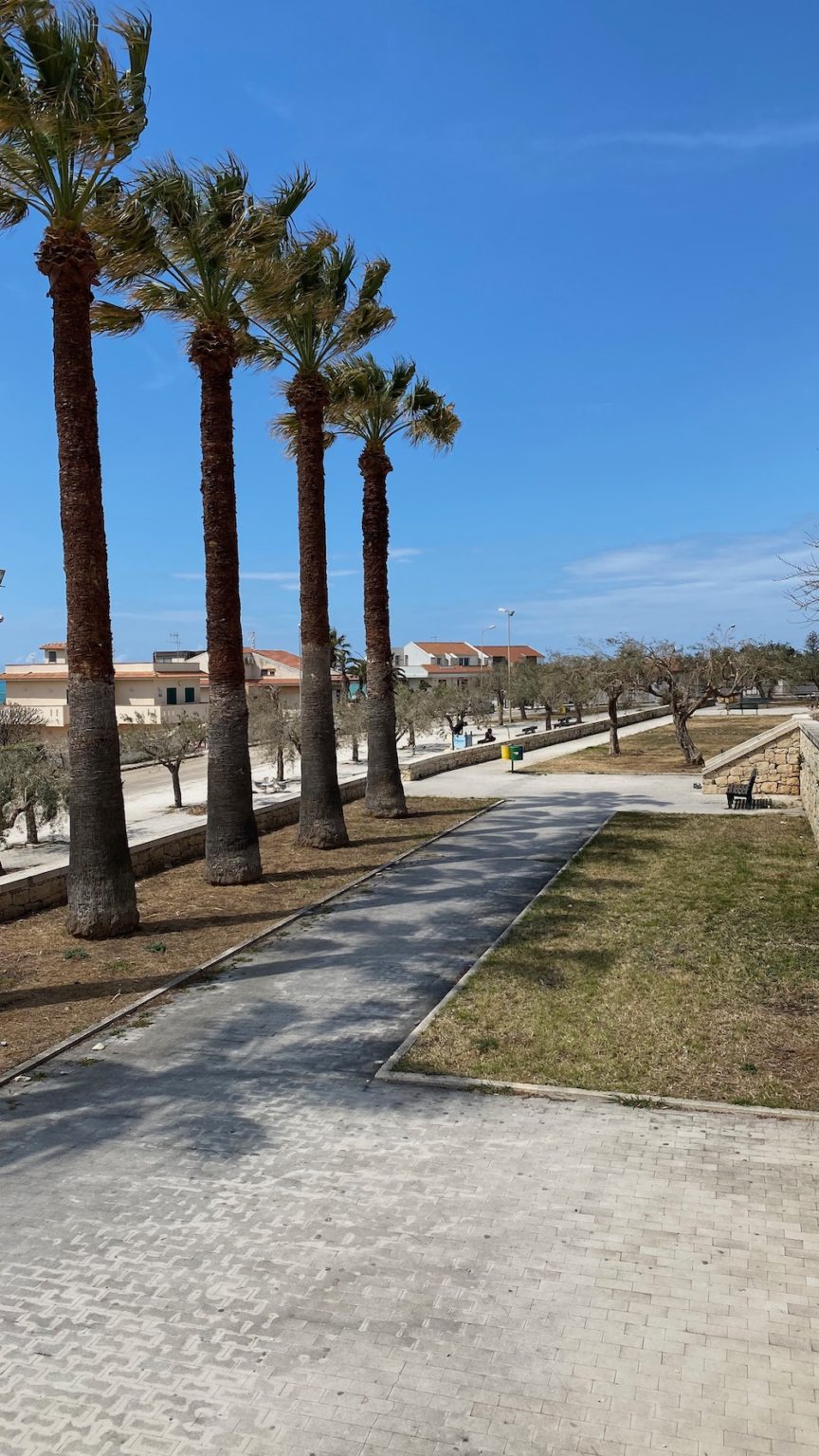
This spring, our group of live-aboard sailors had the unique opportunity to meet with Mayor Giuseppe Cassì and some town councillors. The Mayor was most appreciative of our stay in his town and used our meeting for his announcement of a major expansion to the waterfront bike trail and promenade system. He was applauded.
However, when we questioned him (and his Director of Public Works) on the status of regular water supply, he diplomatically diverted his response to overall public improvements which may be planned for in the future. A similar diverted reply was made when pressed on the topic of garbage collection.
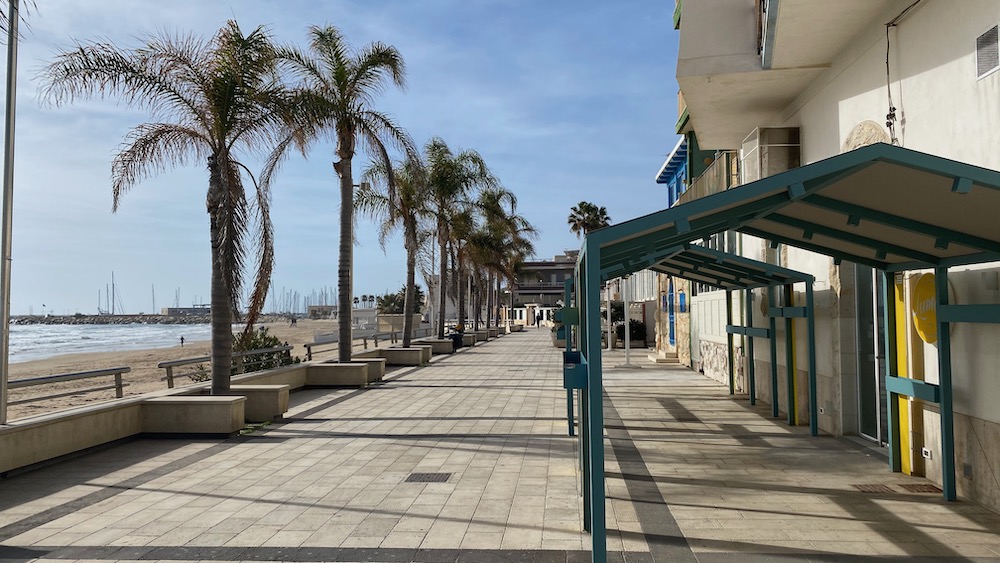
It is notable that residents of Marina di Ragusa, as throughout the Mediterranean, have made every effort to commemorate their maritime history by erecting monuments for maritime battles, or in remembrance of lost fisherman.
It seems most of any income or development funding is made by a one-time negotiated payment to the town by new residents upon their arrival. Fees are paid for various approvals, but there is not a regular system of tax collection which would then provide a regular and manageable source of municipal income. Typically, funding is provided for the construction work. Less-to-no funding is set aside for maintenance and repairs.
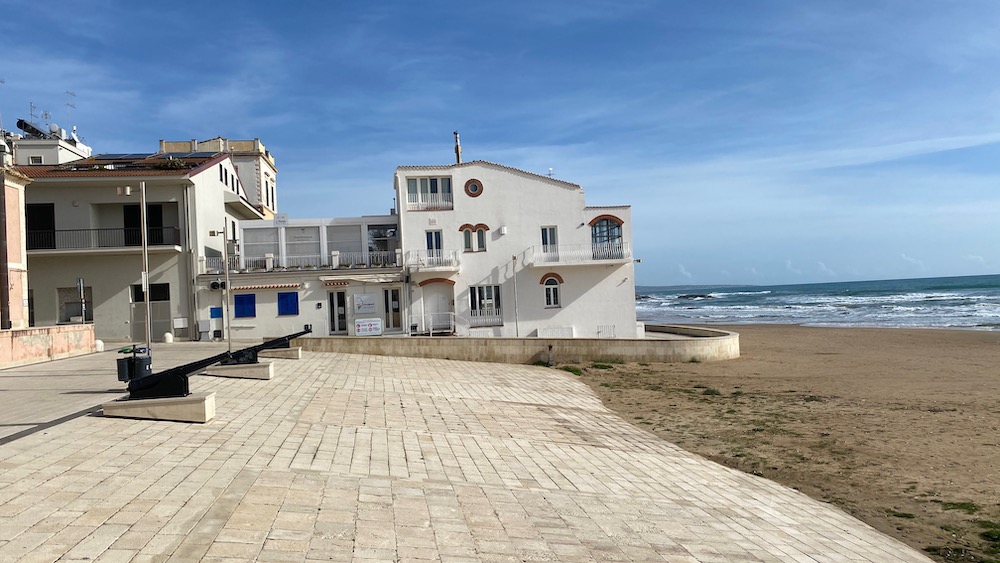
In my opinion, overall long range planning or visioning of projects for the public good seems to be non-existent. In the past, big development projects are either funded by private donors or anonymous benefactors. It was encouraging to see that construction for the Mayor’s announced development project from a few months ago has finally got underway—just in time for the arrival of summer visitors.
This small town, built on the remains of a Greek settlement from the 5th century, seems to be stuck in time, destined to remain with slow growth, while servicing summer tourists from abroad. However, once you have experienced the vibrancy of life among the locals, you too will be satisfied to simply enjoy the sunset along the beach with cocktails—la dolce vita!
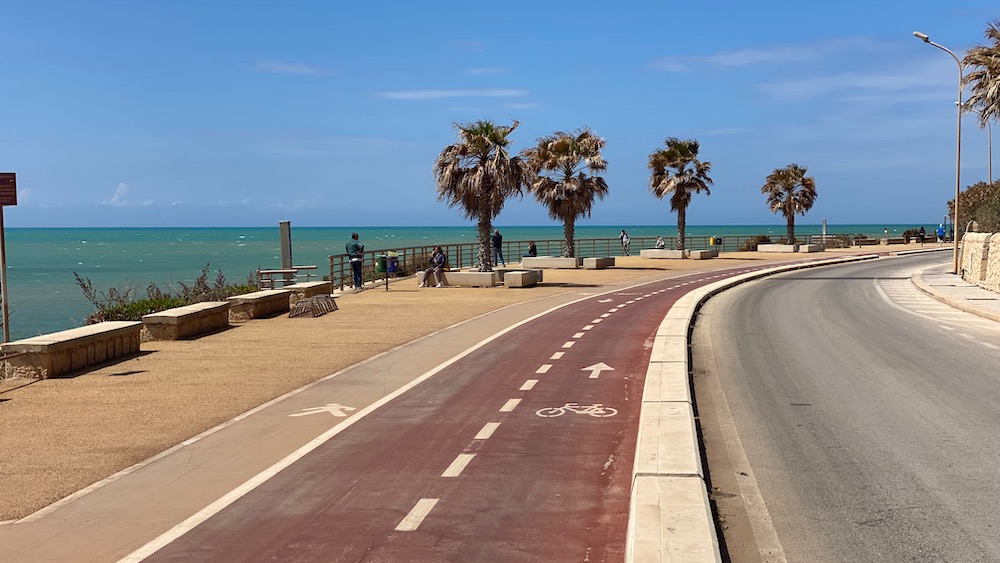
BIO/ Arnis Budrevics, OALA, FCSLA, is a principal landscape architect and the senior partner of ALEXANDER BUDREVICS + ASSOCIATES LTD., a bespoke design firm in Toronto, which was founded over 58 years ago. Arnis has been a full member of the OALA since 1983 and served as OALA President (2007-2009). He was inducted to the CSLA College of Fellows in 2001 for his Direct Service to the Society. Arnis remains keenly interested in the finance operations of both organizations and therefore, continues to be actively involved in the OALA Budget Committee and the CSLA Finance and Risk Management Committee.
